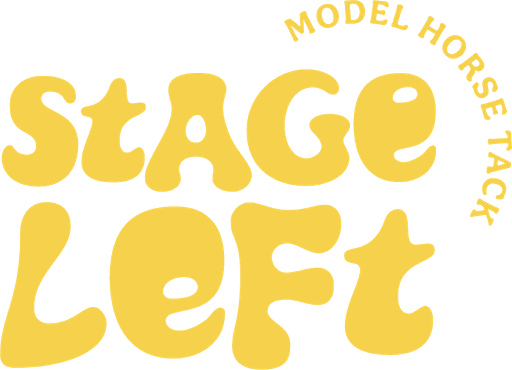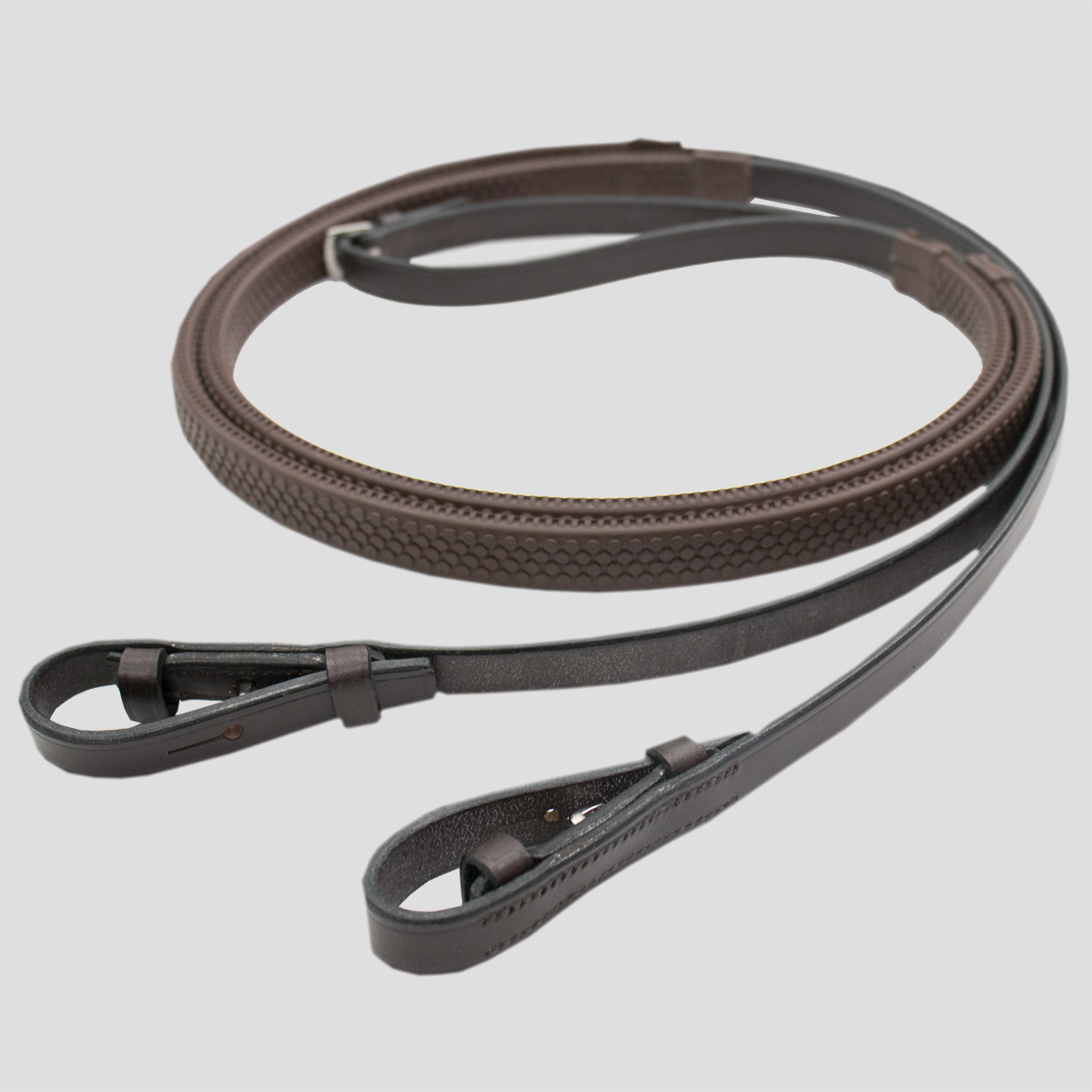Hello! I'm back.
Since I last posted, I got a design degree, got to travel to all kinds of corners of the world, fell in love, planned a huge move across the planet, got derailed by that pesky little pandemic, and found myself somehow back at my parents' place.
So I've dug up all my old tack supplies to make tack lemonade out of virus lemons (ew). For whatever reason I truly believed that tack making is like riding a bike, and picking it back up and making a saddle would be as easy as it was in 2016. Turns out, it's a skill that needs practice and will get rusty if it goes unused long enough!
Like a good art student, I got right to iteration.
This is a chronological line up from left to right, all clearly in various stages of completion. I thought it'd be helpful (mostly to myself!) to go through and note what changes I was trying to make in that iteration, what worked, and what didn't.
Iteration #1: Wait, this is kinda hard?
 |
| Ignore my poor tack body horse. |
Iteration 1 was so bad my camera wouldn't even focus on it.
My strategy going into this saddle was purely, using the patterns and techniques I last used before my tack making break, make a saddle. I knew this saddle was mostly about re-learning how to skive and the steps of assembling a saddle, and it definitely achieved that goal.
Clearly, the biggest issue with this guy is bulk. Part of that is definitely due to the fact that I used entirely 3mm cowhide,
as I had been before, which is a psychotic thing to do at this scale and should be illegal.
But it mostly had to do with construction and design. Because I didn't properly skive the leather down to paper thinness, my panels and seat/tree were both way too thick and made the saddle sit way too tall off the horse's back.
Saddles do of course have some height to them on a horse, but it's generally a much, much slimmer silhouette than my initial attempt.
Iteration #2: Not fugly!
My second attempt resulted in a fully complete saddle, which is something!
At this point, I had ordered some tooling calf but was impatient and plowed on with my cowhide in the meantime. The reduction in bulk between #1 and #2 really demonstrates to me how much leather prep can pay off - both saddles use the same patterns and same piece of leather, but #2 has a way nicer shape.
By far the part of this saddle I'm happiest with is the top-down view:
I think the seat shape is really nice, especially through the twist. It's definitely a wide, couchy saddle.
Onto the critique:
The process of making this saddle with my old patterns reminded me of the ways my old designs bugged me. For me, the hardest parts of the saddle to get looking correct in silhouette are the pommel, cantle, and panels.
I feel like most saddles I make don't achieve the golden trio of a good topline slope from the pommel into the seat; a cantle with a good thickness and angle; and panels that sit mostly flat on the horse's back instead of curving up with the cantle.
So naturally I threw away my old patterns and started from scratch!
Iteration #3: Over-adjusting
I wanted more shape, I got more shape!
The biggest difference in this iteration is the switch (finally!) from cowhide to tooling calf, which is just a million times friendlier. It's still much thicker than skiver or the lambskin I was using for a while, but the grain is lovely and it's much more flexible and buttery than the cowhide.
I also made new patterns to fit Corbin, but underestimated a few things and ended up with the knee rolls on his withers somehow?
It got scrapped before it could get skirts. Onto the next!
Iteration #4: She's got the spirit!
 |
| This saddle didn't make it into the lineup up top, oops. |
I'm not mad at this saddle.
This is the first iteration with a sculpted tree instead of just using straight soda can, and I don't think I'm ever going back! I'm really pleased with the pommel and cantle shape on this guy.
This is one of my favorite angles of an English saddle, and it's always my goal to be able to mimic this topline silhouette as best as possible:
Not too bad!
This iteration used a mix between tooling calf and lambskin, and I don't think it melds perfectly. The lambskin is way, way easier to get tissue paper thin and stretch over parts like the tree and panels, but it doesn't have the same luster and high-quality vibe of the calf. It was a good experiment, but not worth reproducing.
Overall though, this was my first iteration I felt really good about, and it gave me a much-needed confidence boost!
Iteration #5: My current design!
She's cute, right??
This iteration is by no means perfect or the end of me fiddling with my designs, but I'm pretty proud of where I am! The pommel and cantle shape on this version are both pretty sweet, and I like the saddle's overall shape and silhouette. I've rarely ever done square cantles, but I don't know why not; it's way easier to get a nice smooth leather wrap!
I could easily do another markup nitpicking the issues I still have, but for now, I'm happy to keep making saddles with these patterns.
Whenever I got discouraged in this entire process or bummed when I decided to scrap another saddle that represented hours of work, I'd dig through my old tack box and find saddles from a decade ago.
As tedious as it can be, iteration works!
In other news, I made a barn, bought a micro for another micro performance package, and started an Aussie saddle. But more on that later!

























































